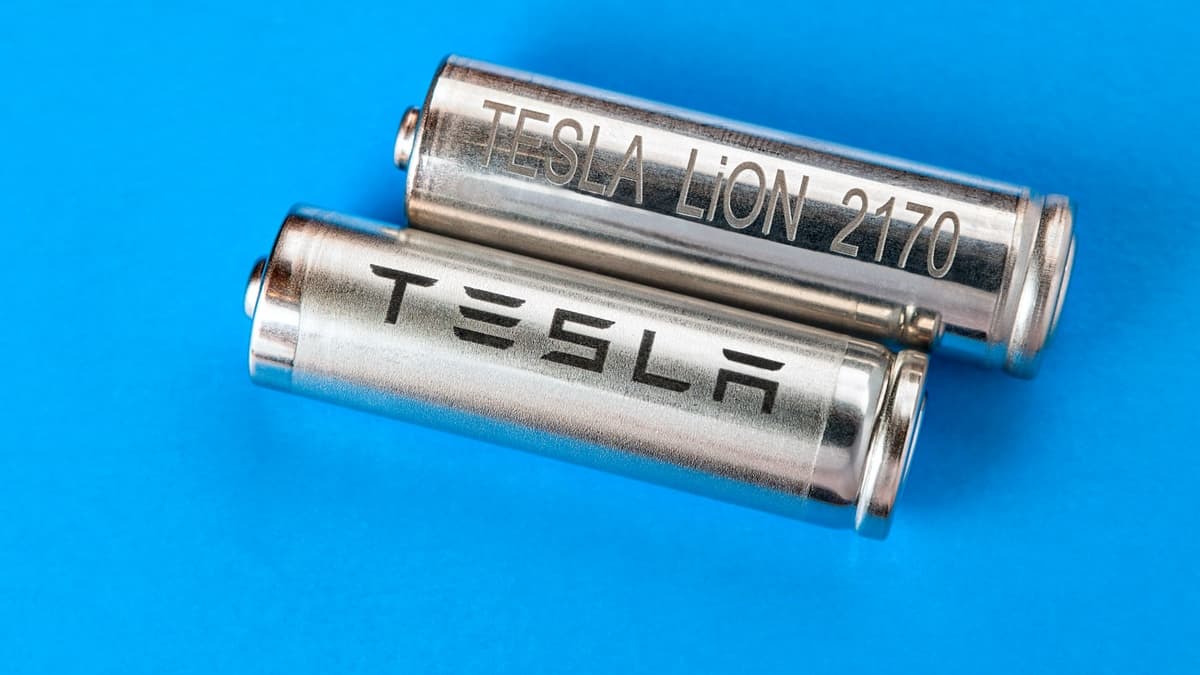American electric automaker Tesla has provided an update regarding the battery degradation in its electric vehicles with the release of its 2022 Impact Report on April 25, 2023.
Tesla stated that the batteries of its EV offerings only lose a capacity of approximately 12% after hitting 200,00 miles.
What’s the big deal?
Battery degradation is the gradual reduction in capacity and range caused by rising mileage. That said, it is only natural for it to be among the top considerations of new EV customers.
This process is also crucial in ensuring the production of more eco-friendly EVs. A battery pack’s lifespan determines how long it can keep the car running and how long it can avoid being discarded for recycling.
Now, Tesla reports only 12% battery degradation after hitting 200,000 miles. Notably, the outcomes are comparable to those in the company’s prior Impact Report, albeit marginally poorer.
“We often get asked: Will I need to replace my battery at some point in the future?
The answer is no. Since we’ve been selling EVs for over a decade, we have a reliable data set that shows us battery degradation over time.
We estimate that a vehicle gets scrapped after approximately 200,000 miles of usage in the U.S. and roughly 150,000 miles in Europe.
Even after 200,000 miles of usage, our batteries lose just 12% of their capacity on average.”
Tesla wrote in its 2022 Impact Report
It is also interesting to note that Tesla only mentions battery degradation in Model S/X, probably because it has more extensive data on those vehicles.
Tesla to release other datasets for new battery chem
Additionally, Tesla has stated that it intends to release additional details for new battery chemistries used in more recent cars.
“Mileage is only one factor in battery capacity retention; battery age is also a major factor. Retention figures at lower mileages above likely reflect the impact of age while higher mileage values, which come from high-utilization vehicles, likely reflect less influence from battery age. Performance of newer chemistries (not shown here) can vary and we plan to expand disclosure once we have sufficient data.”
Tesla
It must also be noted that the degradation of an EV battery can vary dramatically depending on the model and battery pack.
For instance, Tesla’s 90 kWh pack would lose battery capacity significantly more quickly than the 85 kWh pack, according to extensive data collected by Electrek from thousands of Tesla vehicles.
Apparently, preliminary statistics from the latest Model 3 and Y cars likewise indicate strong capacity retention of less than 10% after 100,000 miles and less than 15% after 200,000 miles. However, not many EVs hit those mileages yet.
EV and Battery Life Expectancy
In the United States, the Federal Highway Administration reported in 2018 that the average person drives around 13,500 miles per year. As per the estimate, it would take 14 years for an average car user to register 200,000 miles. Though the time to clock 200,000 miles can vary greatly as per usage.
According to the European Automobile Manufacturers Association, the average was about 12,000 kilometers (roughly 7,500 miles) per year in 2015.
See Also:
- Tesla may soon develop a new battery production plant in the US with its major supplier CATL
- Tesla moves battery cell production capacity from Germany to the US
- Tesla-funded researchers reported remarkable discoveries about li-ion battery discharges
- New revelations for Tesla Semi’s massive battery system
- Tesla announces 500 GWh annual production target of 4680 battery cells in Nevada
In any case, the data demonstrates that the average battery capacity retention consistently falls within the limits of what Tesla’s car warranty guarantees.

